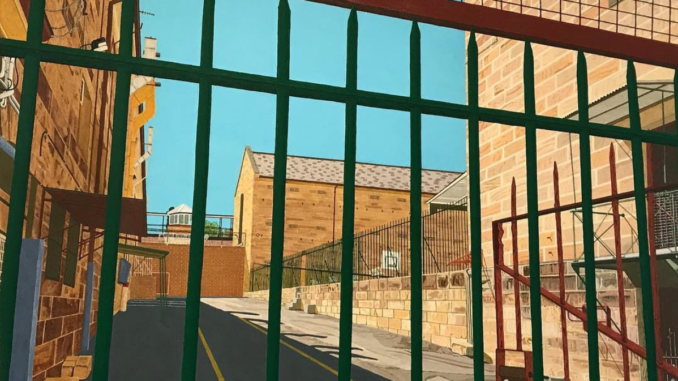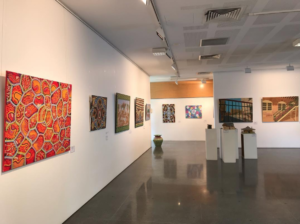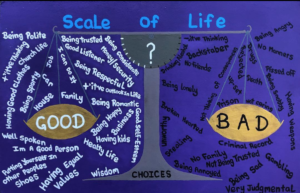
My Argentinian friend scoffed at me: “This is not art, I can make this,” she said, waving her hands angrily over a few illuminated porcelain sculptures at Firstdraft gallery during Sydney’s Art Month. The glow from the sculptures shadowed her irate face. “Yes,” I said patiently, “but you didn’t.”
With all the complexity of art and its history, the debate over what qualifies as fine art and who gets to define it is still nebulous. In its most basic definition, we understand art as an artefact made by an author to express a concept, convey a message, or showcase a skill. But what does it mean when the creator is also guilty of criminal offense?
Story idea
At the Long Bay Correctional Complex in New South Wales, the art therapy program for their inmates has been ongoing since 1992. When the program began to flourish, Boom Gate Gallery came to life, and here, hundreds of pieces by inmates have been sold. The prisoners who get to participate in the art therapy program is decided upon by a staff, and it is reported that 85 percent of the sales goes back to the artist, while the rest is used by the gallery to cover their incurred costs.

I would like to document this program in a feature story, shedding light on the initiative and understanding the effectivity of art therapy [PDF] for the inmates, while investigating what the place of their work is in the art market.
I also want to answer the following points:
- What is the history of the art therapy program?
- Who came up with the idea and how was it first rolled out?
- How does it work and who gets to be involved?
- How has the program helped the inmates, and are there specific stories of people who have benefited from it?
- What kinds of art are being created, and what does it say about the inmates?
- Who buys the art? Why do they buy it? How much is it worth?
I think the story is relevant because it addresses two key societal and cultural issues: the human rights of inmates, and art as a business.

Audience
I would like to pitch this story to The Guardian because of the value they place on investigative art stories. Specifically, it would fit well under their Culture section, and would cater to their stated demographic of readers who are educated, in their mid-forties, and earn a high income. It would be assumed that such an audience would be interested to read about art.
Resources
In order to produce the story, I will plan to do following:
- Visit the Long Bay Correctional Complex and interview one of their staff. As of this writing, the team behind the gallery is amenable to the story.
- Interview one of Long Bay’s art therapists or interview with an art therapist from ANZACATA (Association for Creative Arts Therapies in Australia, New Zealand and Asia)
- Interview with one of the buyers of the artworks
- Refer to research from David Gussak Ph.D., ATR-BC, who has been doing research on art therapy for inmates.
Visuals
I intend to take photos of the artworks and to create a strong photo essay/slideshow. I would also like to gather data to create graphs and charts that could visualise the number of inmates who have become a part of it, how much sales have been made, etc.



Be the first to comment